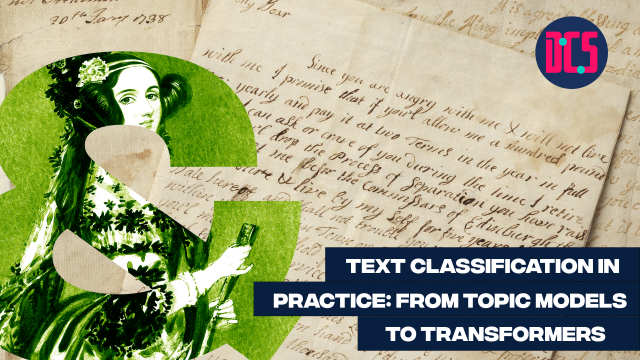NFT (Non-Fungible Tokens) 101

Online
A non-fungible token is a unique digital identifier that cannot be copied, substituted, or subdivided, that is recorded in a blockchain, and that is used to certify authenticity and ownership. Wikipedia
This interactive workshop will introduce NFTs, the what, why and how, within the context of data-driven research. Working with a copyright expert, the themed workshops will draw on case studies and recent issues, practical examples, and best practices.
By attending this event, researchers will understand NFTs, the relationship between them and any ownership of assets and copyright.
This is a beginner-level event. No previous knowledge on the topic is required/expected and the trainer will cover the basics of the method.
Those who have registered to take part will receive an email with full details and a link to join the session in advance of the start time.
If you’re new to this training event format, or to CDCS training events in general, read more on what to expect from CDCS training. Here you will also find details of our cancellation and no-show policy, which applies to this event.
If you're interested in other training on good practice in digital research, have a look at the following:
- Copyright 101
- Silent Disco: Creating Digital Exhibitions with Omeka
- Make the Best of Your CV Formatting with LaTeX and Overleaf
- Digital Method of the Month: Open Research
- Digital Method of the Month: Preregistration












